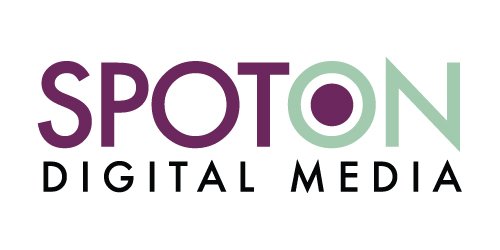INBOUND 2021 TAKEAWAYS PART 2 OF 3: An Inbound and ABM Lead Gen Comparison
After an insightful marketing conference hosted by HubSpot in September, this is Part 2 of our series of actionable takeaways. We started last month with Content Strategy Priorities, followed by this handy comparison of inbound and account-based marketing, and will conclude next month with some leadership inspiration.
The Differences Between Inbound & Account-Based Marketing
Lead generation, often also referred to as demand generation, is an effort usually supported by marketing departments to create leads that come into the company and are shared with the sales team to further qualify and educate to a close.
Inbound lead generation efforts target an ideal buyer persona in a given industry through a mix of media types and channels that audience consumes information sharing your company’s brand, services, and product. The pool of these prospective buyers is usually large.
Account-based marketing efforts do not target a large group. The efforts are hyper-personalized and prospecting from a short list of companies and specific people within those companies.
Which is Right For Your Company?
An insightful session at HubSpot’s Inbound conference debated account-based marketing against inbound lead generation. It’s no secret that both are valid approaches, it really comes down to what works best for your company, the size of your customer and prospect base, and what kind of resources you have available to you.
Questions to help narrow in on the right strategy:
What is your process if leads come in? Do you have the right sales structure and team to support it?
Do you have a tracking system in place to understand where your leads were acquired?
How large is your obtainable market size? Do you have a specific persona and targeting of the market outlined?
Does your sales team have a shortlist of A tiered desired customers?
Does your company serve a niche subset of an industry?
Do you have many upsell opportunities to current customers?
How are your contact lists managed? Do you have a good CRM with list segmentation with lifecycle flows?
Do you have the first and last name of your ideal buyer?
Ideating through these questions will help you get to a clear selection of which type of lead generation you should focus on.
What to Expect
A recent survey shows account-based marketing has made an impact on many B2B revenue efforts for companies larger than $50M in size with tight sales alignment. Larger companies have additional resources to get contact specific in their marketing with hyper-personalized prospect landing pages and communication.
Meanwhile, we see small to medium-sized businesses having a challenge with resources to support a sophisticated ABM strategy. Inbound lead generation also requires sophistication and resources to manage good attribution reporting, alignment in the CRM with the sales team, and a seamless lead qualification process, but once it’s in an active state, adjustments can be incremental.
Whether you take an ABM or Inbound approach, we encourage you to commit to it and stay consistent. Put in the resources and realize any and all marketing is never about persuasion. It’s always about creating memorable awareness and availability when your prospects need your product or service. Timing and targeting are everything. Let us know how we can support you when you’re ready.
